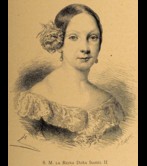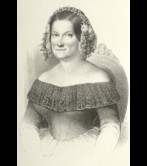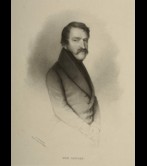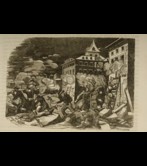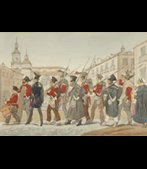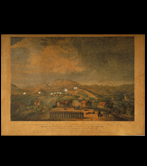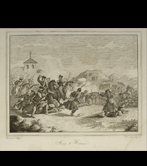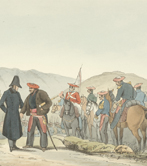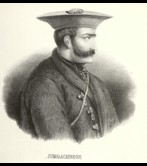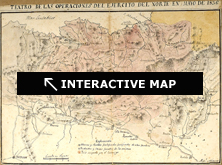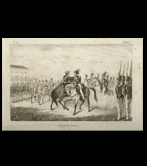The first carlist war
War of Succession
Liberal Capitals
In October 1833 Isabel II was proclaimed queen in Madrid, with her mother Maria Cristina as regent. San Sebastián and Pamplona, fortified towns, followed in their footsteps. Although the authorities in Bilbao and Vitoria proclaimed Carlos V as king, and were the only two capitals that supported the pretender, troops supporting the liberals wasted no time in recovering control of these two cities. From then on, and during the entire war, the four capitals resisted Carlist pressure and Bilbao became a symbol of liberal Basque resistance, despite the fact that for at least three years almost all the territory of the three provinces and a large part of Navarra were in Carlist hands.
Basque Carlism
Tomás Zumalacárregui was the Carlist military leader at the end of 1833 and in barely a year managed convert a few groups of badly armed and poorly organized guerrillas into a disciplined army of 30,000 soldiers which forced the Spanish army to take refuge in the cities. On the other side were his old comrades, both those from the official army (Espoz and other), and others such as Artzaia, leader of the chapelgorris, Gipuzkoan liberal volunteers. The death of Zumalacárregui in 1835 during an attempt to take Bilbao was a major loss and symbolised the incapacity of the Carlists to take more territory or conquer the capitals.
Main war actions
Negotiations and end of the war
In 1838 weariness reigned, as well as the inability of one group to impose itself on another. In Baiona a group of liberal conservative nobles and fueristas (old guard) initiated a conspiracy with the aim of finding a way out of the conflict. The movement was named “Paz y Fueros” (Peace and bills of rights) and was led by José Antonio Muñagorri and supported in secret by the liberal government and the British and French military authorities. Muñagorri failed in his attempt but laid the basis for what culminated in the Convenio de Bergara, in August 1839 which led to the acceptance of Isabel II, respect for the fueros (“without prejudicing constitutional unity”, a controversial phrase that was open to many interpretations) and the integration into Isabel’s army of those combatants who accepted the Convenio. The remaining Carlists went into exile with Don Carlos.
